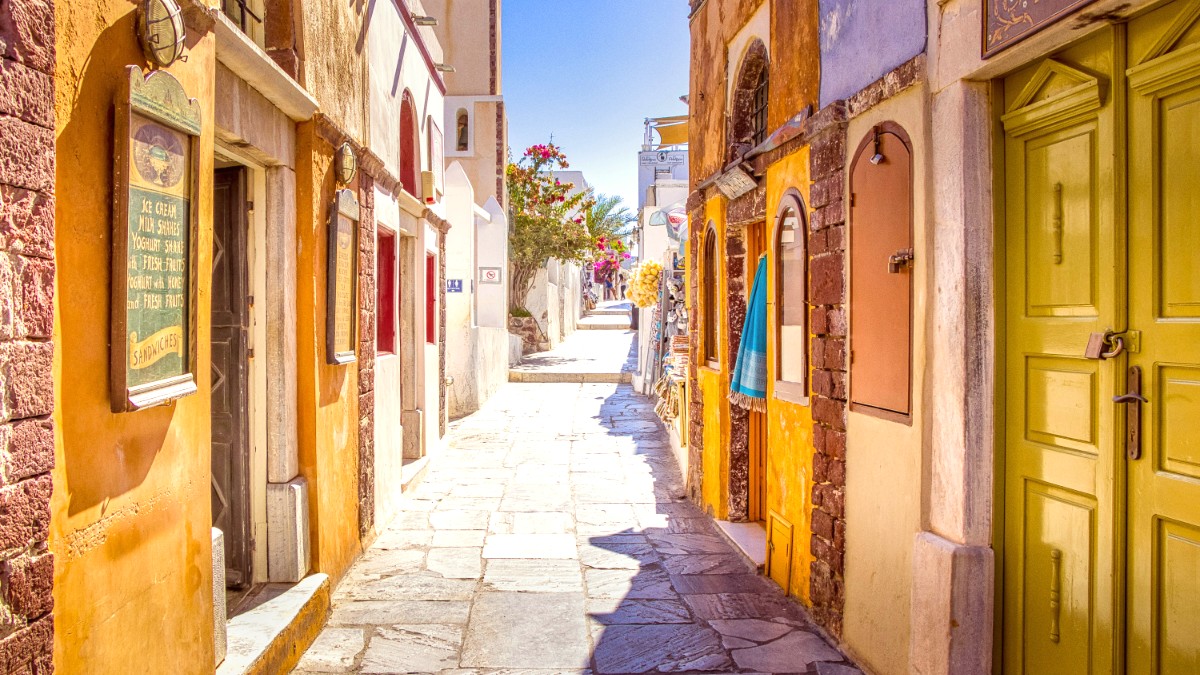
Lebanon
Tyre lacks a metro, tram, or extensive public bus system within city limits. The main mode of local public transport for many is the shared taxi, universally known as "service".
These "service" taxis operate on fixed, sometimes flexible, routes. Drivers often call out their destination. Hubs include the main city entrance, Corniche areas, and near the bustling souk.
Wave your hand from the roadside to signal a 'service' taxi.
Clearly state your destination; if it aligns with their route, they will invite you in.
Public transport options in Tyre are generally not wheelchair accessible due to older infrastructure.
Identifiable by red license plates. Hail directly on the street.
Negotiate fare before starting journey; meters are not used.
Short ride within Tyre: $3-$7 USD. Longer distances vary.
Almost always LBP or USD cash. Have small bills available.
Uber and Bolt operate in Beirut but have limited presence or reliability in Tyre. Rely on local taxis or 'service' for city transportation.
Lebanon drives on the right side of the road.
Mandatory for all occupants.
Street parking is common but competitive; paid lots exist.
Walking is the best way to experience Tyre's charm and history. Cycling presents more challenges due to traffic conditions.
Limited bicycle infrastructure; dedicated lanes uncommon.
Roads lack dedicated space for cyclists.
Cycling on main roads is generally not recommended due to heavy traffic.
Local driving habits can be aggressive.
Exercise caution and be aware of traffic, even when crossing streets.
Drivers may not always yield to pedestrians/cyclists.
Embrace 'service' taxis for economical local travel. Always agree on private taxi fares before starting your journey. Walking is the best way to explore the Old City and archaeological sites; wear comfortable shoes.
Be aware of traffic if cycling is considered.